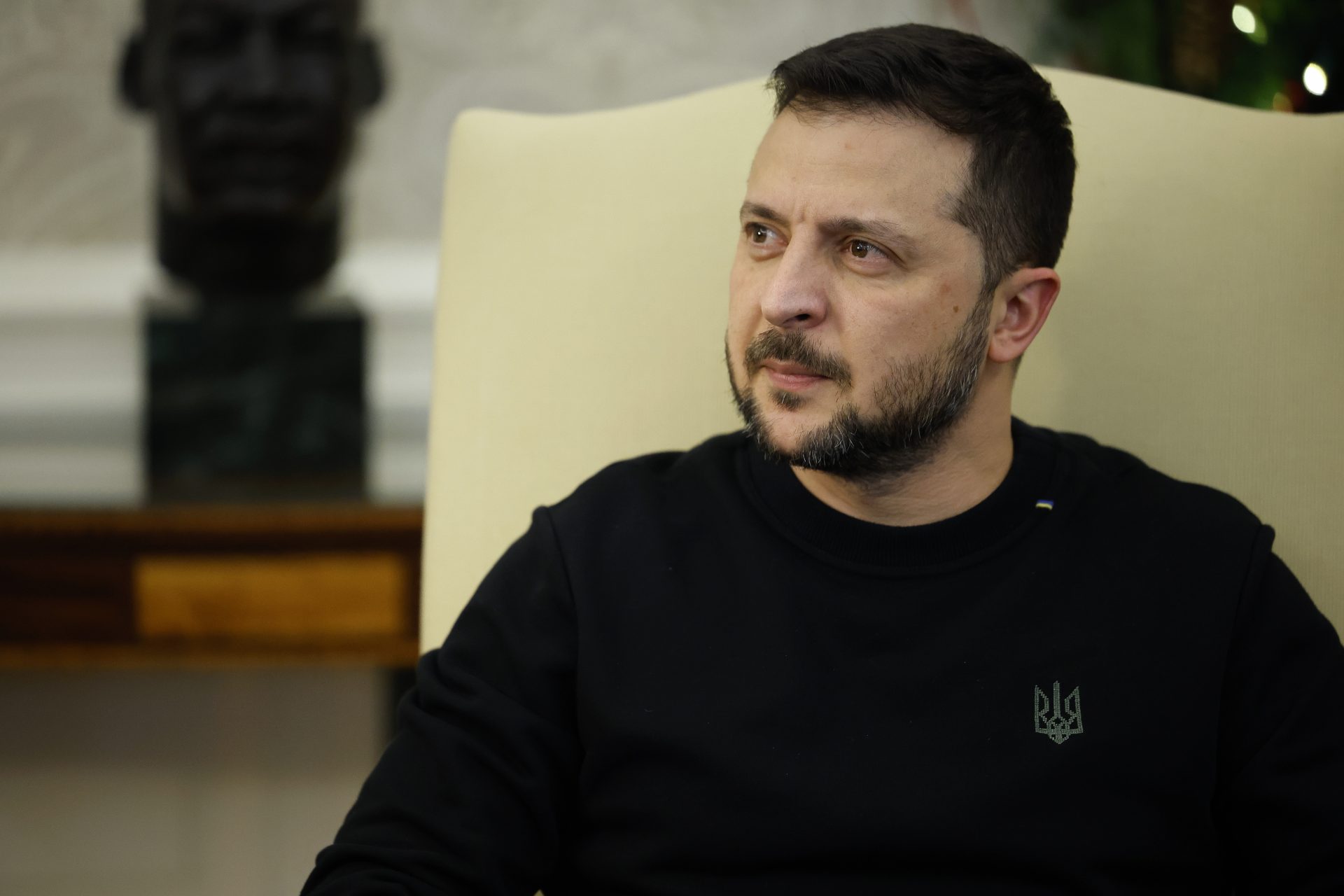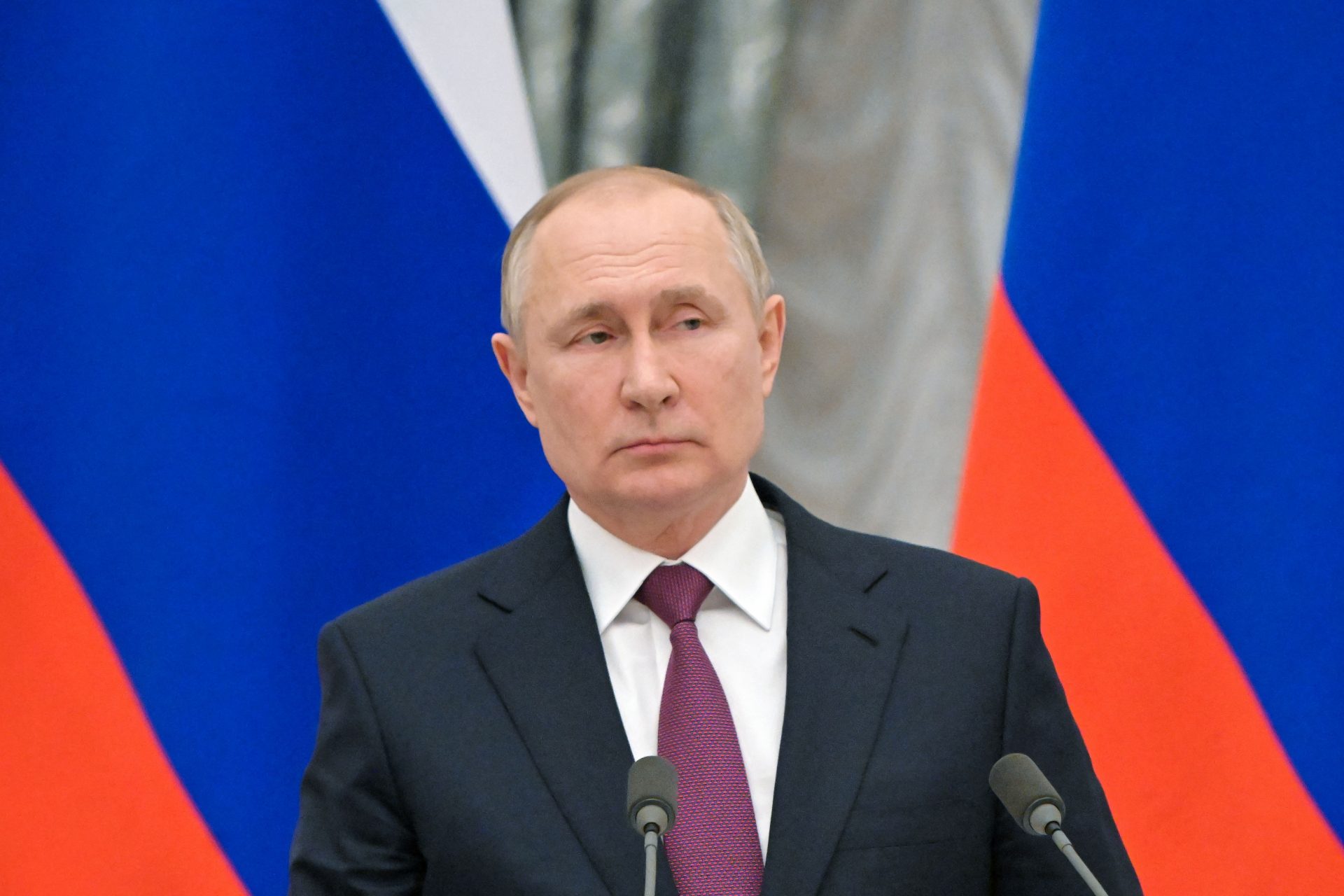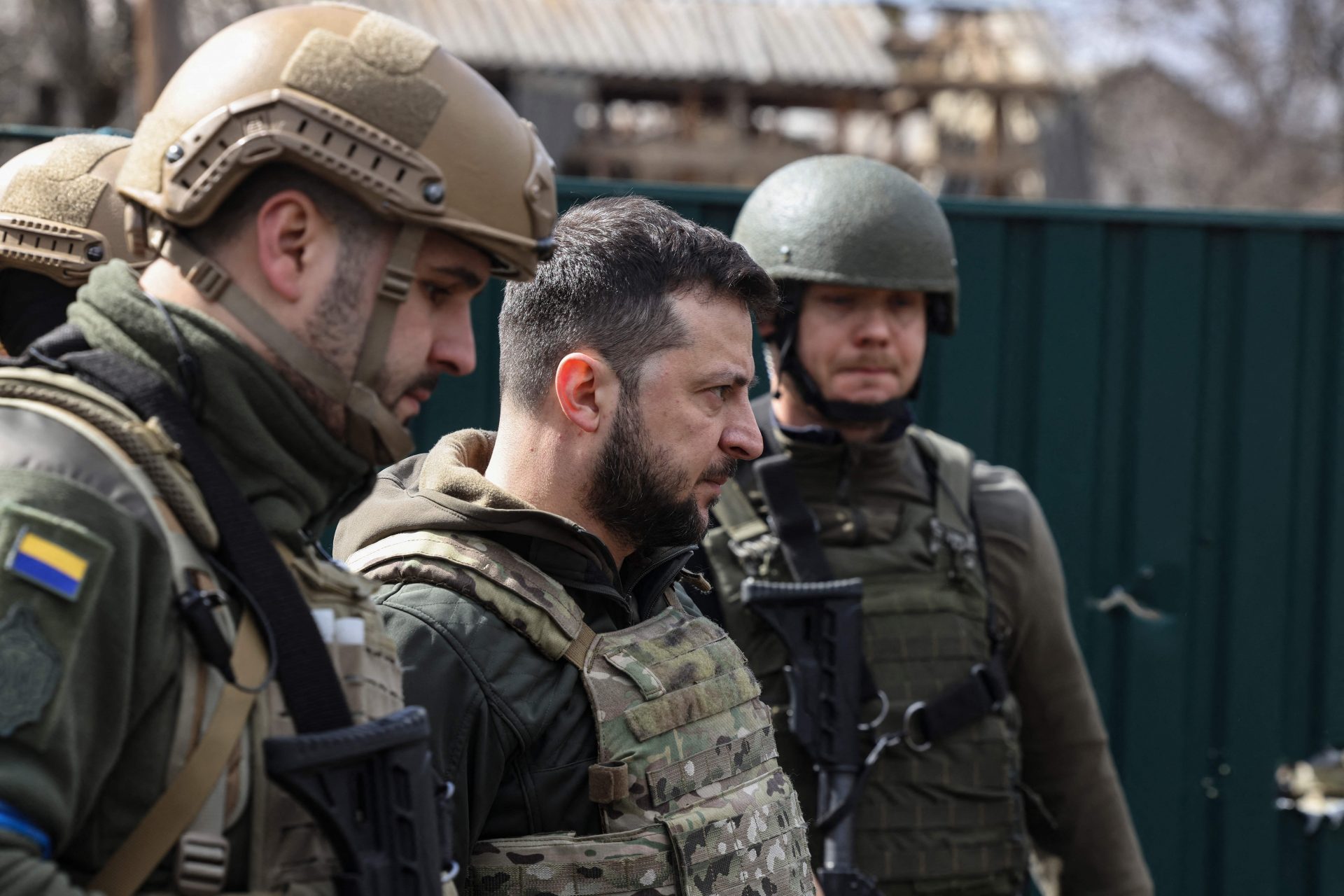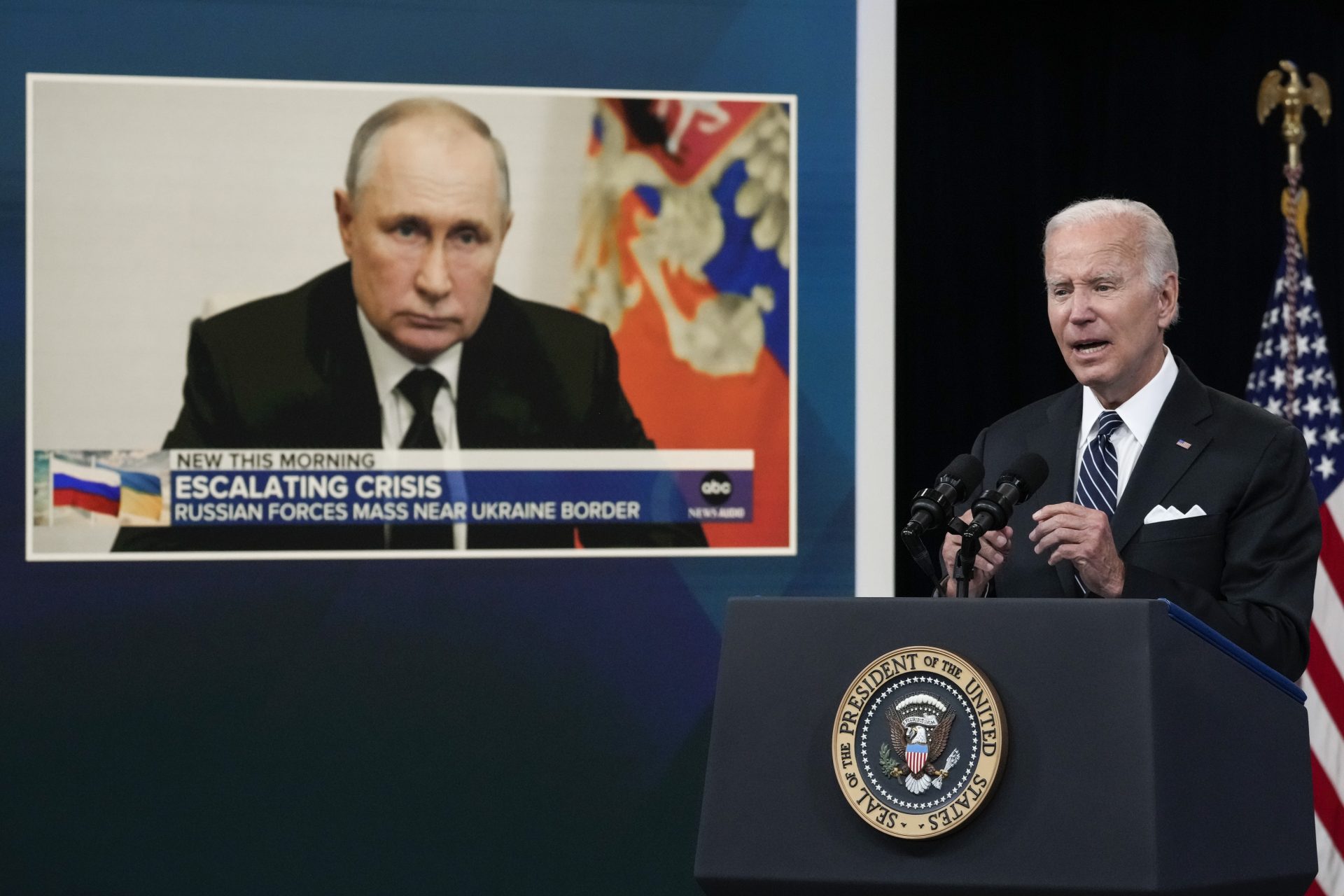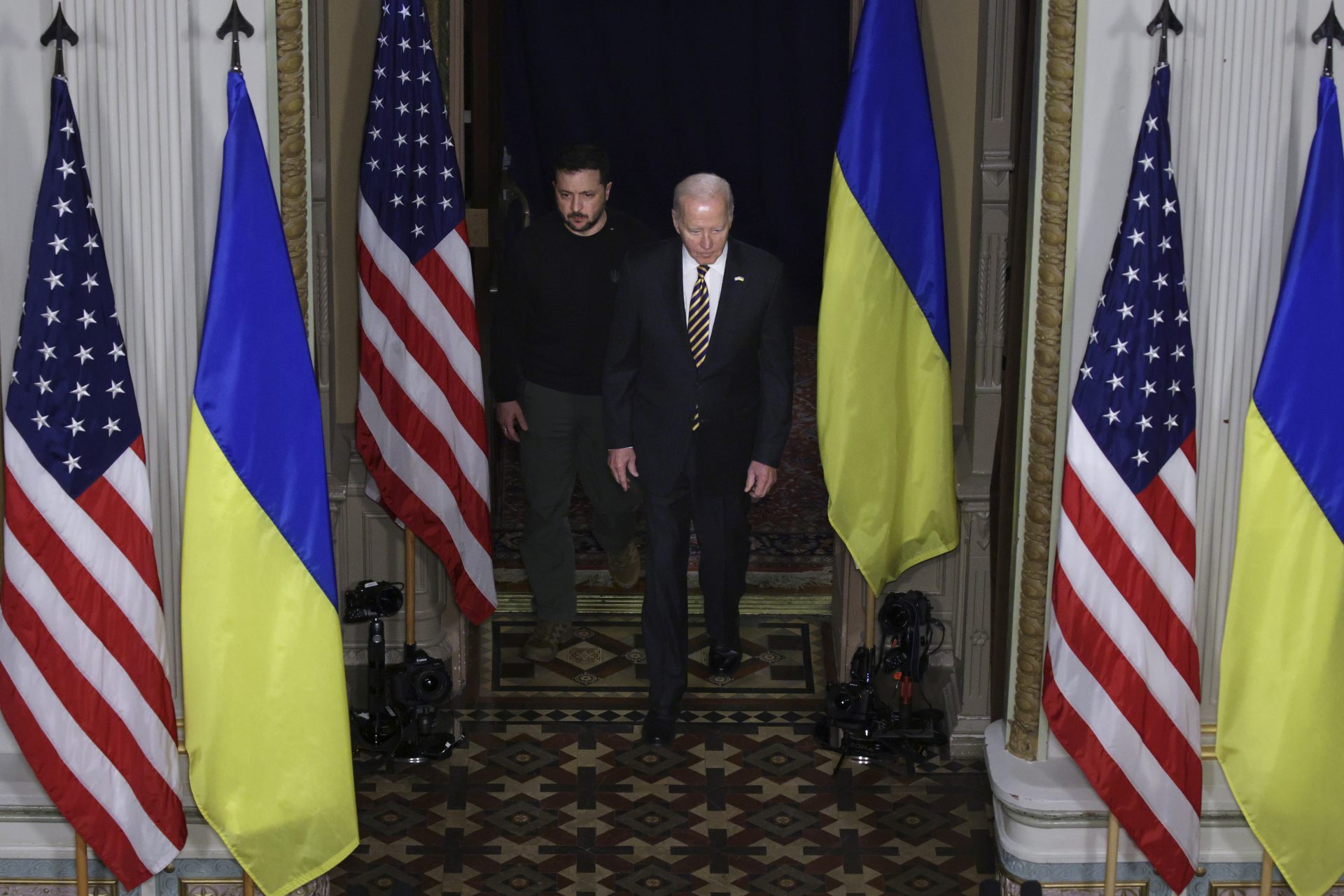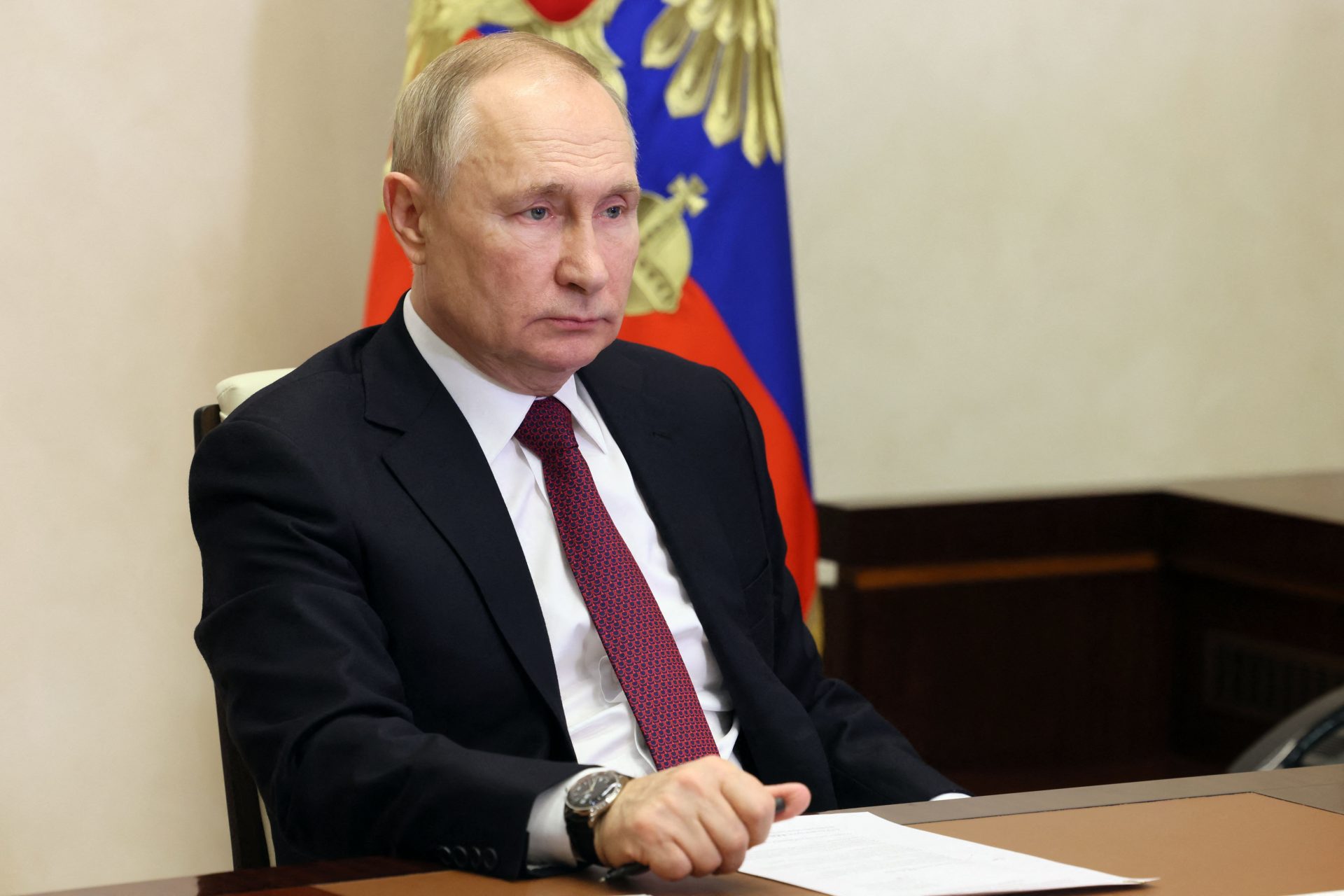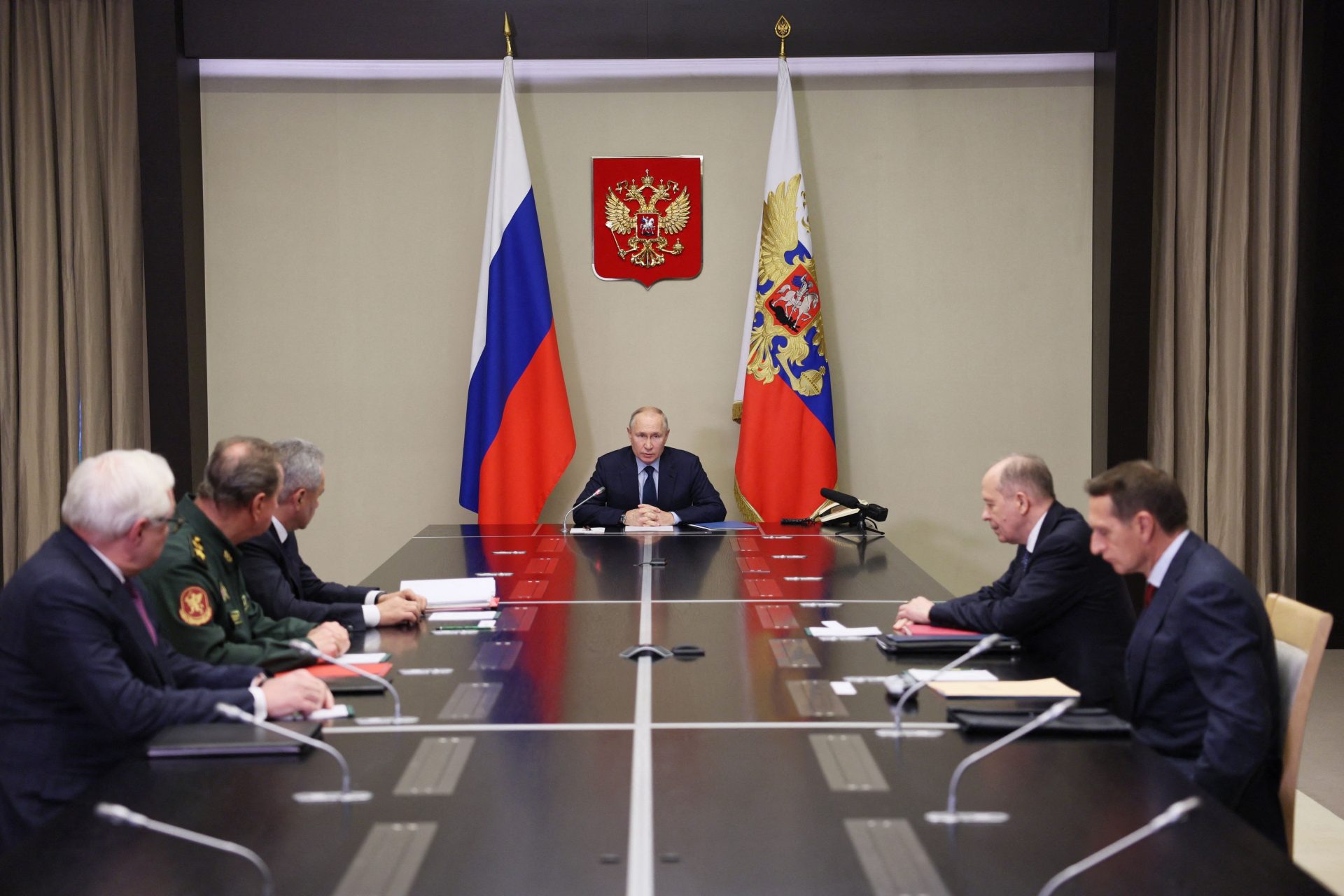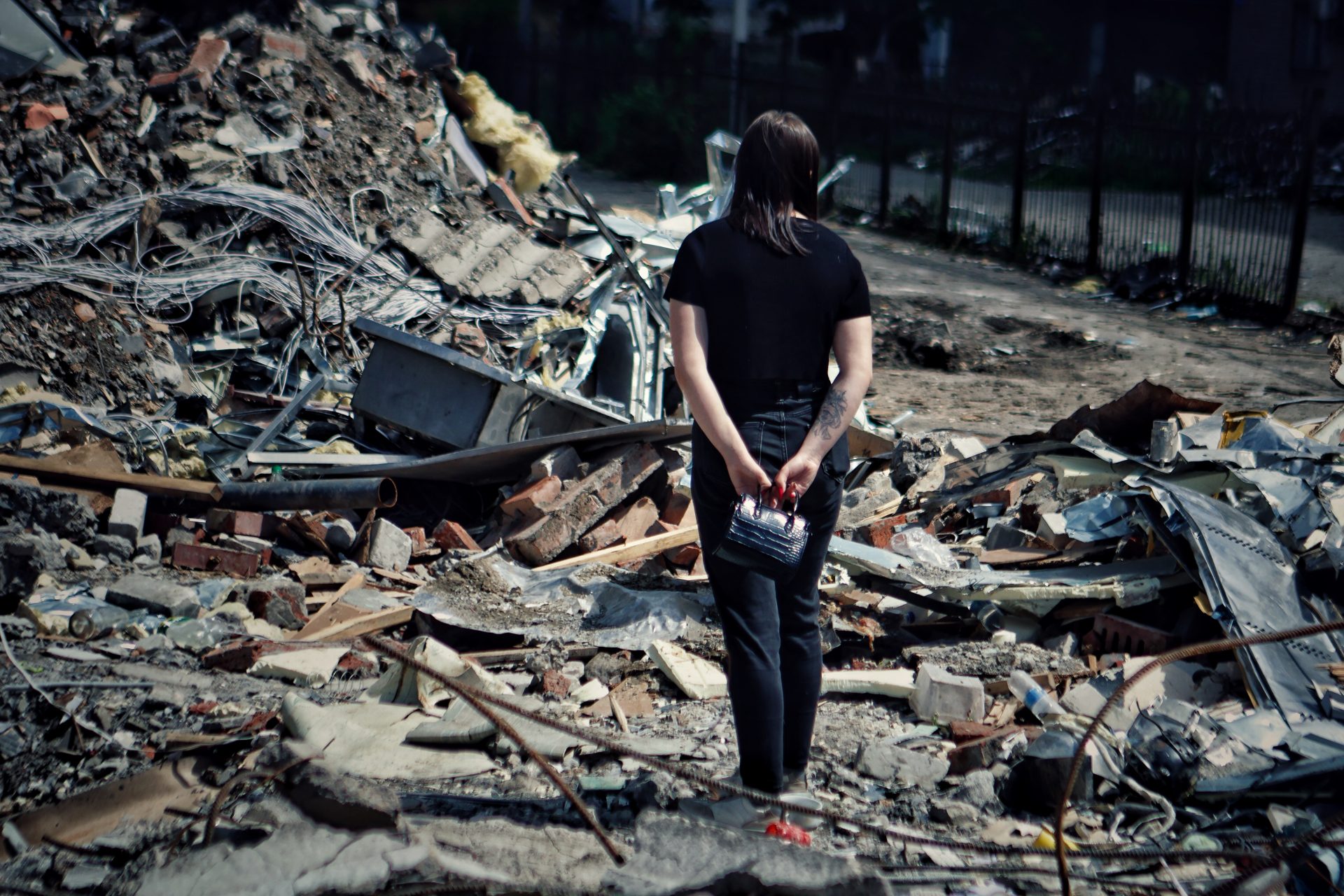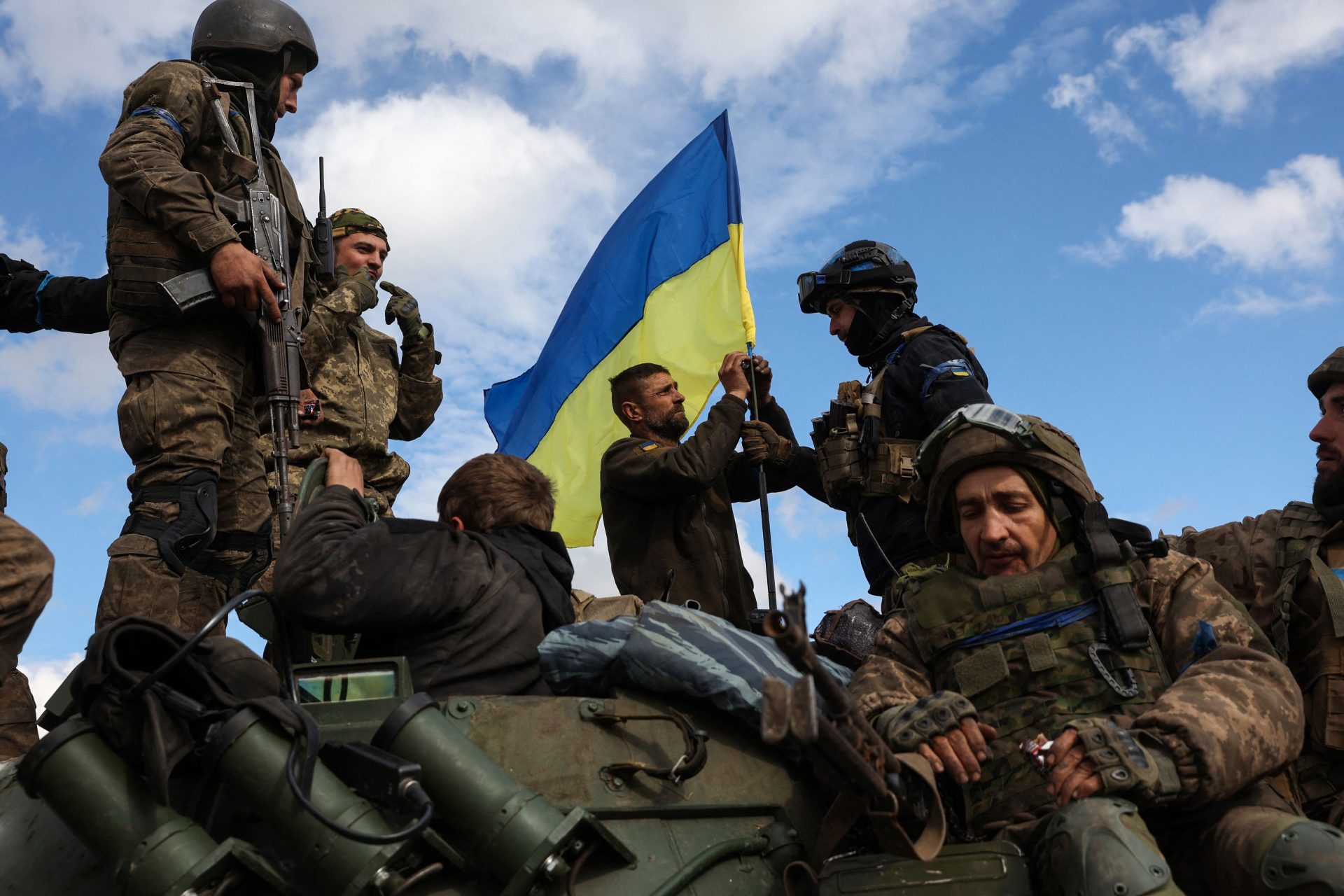Will the world transfer billions of frozen Russian assets to Ukraine?
On January 6th, Ukrainian President Volodymyr Zelensky called on countries worldwide to transfer the roughly $300 billion in frozen Russian assets they were holding to Kyiv so that Ukraine could begin putting that money to work.
“This is a historic opportunity to make the terrorist state pay for its terror,” the Ukrainian President posted on his Twitter account. “The Russian elite and leadership do not care about human lives, but they do care about money above all else.”
Zelensky explained that the loss of these assets would be a painful blow to Russia and show the united strength of the international community. This was followed by a claim that such actions would be a legitimate response to Russia’s war.
"The decision to use frozen Russian assets to support Ukraine will be an entirely just and legitimate response to Russia's aggression against Ukraine,” Zelensky explained. “It will send the right message to all would-be aggressors around the world.”
“I encourage partners to move quickly on relevant legal frameworks. This year, we must achieve tangible progress toward using frozen Russian assets for the benefit of Ukraine. We firmly rely on G7 leadership on this matter,” Zelensky continued.
However, was Zelensky correct in his assessment that transferring the frozen assets of a sovereign country was a just and legitimate response? If countries did decide to transfer Russia’s assets, what would be the outcome?
Ukraine’s partners and allies have been considering what to do with the Russian assets that they froze after Moscow launched its invasion. However, momentum behind the measure has only recently begun to crystalize into hard support for a transfer.
On January 10th, Bloomberg News reported that the Biden administration was backing legislation that would allow some of the Russian assets seized after the war began to be transferred to Ukraine to assist in the country's reconstruction efforts.
“The bill would provide the authority needed for the executive branch to seize Russian sovereign assets for the benefit of Ukraine,” read a November National Security Council memo that was viewed by journalists at Bloomberg News.
The move by the Biden administration to shore up the legal loose ends of transferring a portion of seized Russian assets to Ukraine came ahead of major aid funding problems from Kyiv allies, and the transfer could be close at hand.
Timothy Ash of the Center for European Policy Analysis reported at the start of January that the US, UK, and Canada may present proposals to G7 leaders in February 2024 on the transfer of the frozen assets and dispelled the arguments against such a measure.
First, an argument has been made that transferring Russia’s frozen funds would see several foreign authoritarian regimes pull their assets from the West; however, that is unlikely, according to Ash, because they already would have done so.
The world watched Ukraine's partners and allies freeze Russian assets and funds at the drop of a hat after the invasion began, and such a quick and heavy-handed response by those nations would have been enough for nervous autocrats to reallocate their assets.
The second argument against transferring the frozen assets has been that it would spur Russia to engage in tit-for-tat retaliation, but Ash noted that Moscow has already seized Western assets and forced sales of businesses as a response to global sanctions.
Finally, there is an argument regarding sovereign immunity, a legal doctrine that the Brookings Institute noted, “generally protects states and their officials from a range of legal proceedings in other foreign states’ domestic courts.”
However, Ash wrote that such legal doctrine has been overridden in other international cases, such as that of Saddam Hussein’s invasion of Kuwait in the 1990s, which saw $52.4 billion in reparations paid to Kuwait to help rebuild the post-war country.
Interestingly, Ash made it clear that transferring Russia’s frozen assets to Ukraine was a good move since it would help Kyiv survive the war and rebuild stronger after the peace, a fact that he noted was critical to the long-term stability of the world.
“In the end, Ukraine’s victory in war and, as importantly, the peace must be NATO’s central security project since the collapse of communism in the late 1980s,” Ash wrote. “Handing Putin’s billions to Ukraine… is a happy marriage of the legal and the practical. There is simply no alternative.”
More for you
Top Stories



